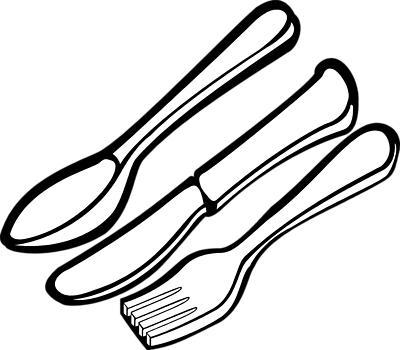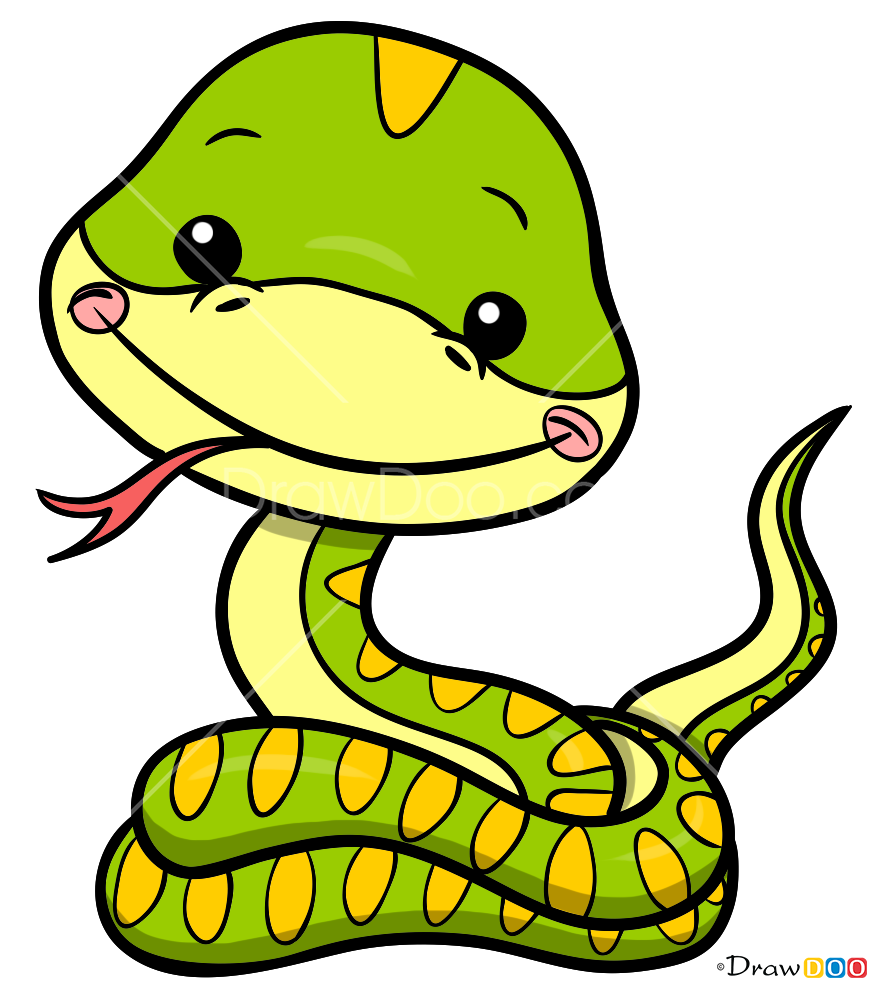Vintage fork clipart clipart
Table of Contents
Table of Contents
If you’re looking to add a little visual interest to your art, consider drawing silverware! The shine and reflection of metal can be a fun challenge, and you’ll end up with a unique detail in your drawing or painting.
Have you ever struggled with adding realistic details to your artwork? Maybe you’ve tried to draw silverware before and it didn’t turn out quite right. Or, you might be wondering how to capture the shine and reflection of the metal. These are common pain points when it comes to drawing silverware.
Fortunately, drawing silverware is simpler than you might think – with the right techniques, you can easily capture the metallic sheen and texture. Whether you’re an experienced artist or just starting out, you can learn how to draw silverware.
Before you start, it’s important to remember that the process of drawing silverware is all about paying attention to the details. Your subject might look simple at first glance, but there are many subtle nuances to capture if you want to create a realistic image. Here are a few key tips to keep in mind:
How to Draw Silverware: Getting Started
When starting any type of drawing, it’s important to have the right tools. For drawing silverware, you’ll need a few specific items:
 - A set of pencils with varying levels of hardness (e.g. 2H, HB, and 2B)
- A set of pencils with varying levels of hardness (e.g. 2H, HB, and 2B)
- A good eraser
- A piece of paper or sketchbook
- A reference image of the silverware you want to draw
Once you have your materials ready, you can start by sketching the basic shape of the silverware. Pay attention to the angles and proportions – this will help you get a solid foundation for the rest of the drawing.
The Importance of Shadows and Highlights
In order to create a realistic drawing of silverware, you’ll need to pay close attention to the way the metal reflects light. This means focusing on both the shadows and highlights in your drawing.
 Start by shading in the shadows of the silverware – this will give the object shape and dimension. Then, use your eraser to create highlights where the metal is reflecting light. The balance between light and dark is what will really make your silverware drawing stand out.
Start by shading in the shadows of the silverware – this will give the object shape and dimension. Then, use your eraser to create highlights where the metal is reflecting light. The balance between light and dark is what will really make your silverware drawing stand out.
Adding Texture with Cross-Hatching
One of the most effective ways to add texture to your silverware drawing is through cross-hatching. This technique involves using a series of lines to create a hatch pattern, which can simulate the look of metal.
 To use cross-hatching, simply create a series of lines going in one direction. Then, create another set of lines going in the opposite direction. The areas where the lines cross over each other will create a textured effect, which can simulate the look of metal.
To use cross-hatching, simply create a series of lines going in one direction. Then, create another set of lines going in the opposite direction. The areas where the lines cross over each other will create a textured effect, which can simulate the look of metal.
Drawing Different Types of Silverware
While the techniques for drawing silverware are similar, there are some nuances to keep in mind when drawing different types of utensils. For example, a spoon might have a more rounded bowl shape, while a fork might have thinner, more angular tines.
 When drawing different types of silverware, pay attention to the shapes and proportions. A reference image can be helpful in ensuring that your drawing is accurate.
When drawing different types of silverware, pay attention to the shapes and proportions. A reference image can be helpful in ensuring that your drawing is accurate.
Conclusion of How to Draw Silverware
While drawing silverware may seem intimidating at first, with the right techniques it can be a fun and rewarding challenge. By focusing on the details, paying attention to the way light reflects off the metal, and using cross-hatching to create texture, you can create a beautiful and realistic drawing of any type of silverware. Happy drawing!
Question and Answer
Q: What types of pencils should I use to draw silverware?
A: It’s best to use a range of pencils with varying levels of hardness. A 2H pencil will create lighter marks, while a 2B pencil will create darker marks. Using a range of pencils will give you more control over the shading and texture of your drawing.
Q: How can I simulate the look of metal in my drawing?
A: Pay attention to the way light reflects off the metal. Use shading to create shadows, and use your eraser to create highlights where the light is reflecting off the metal. Cross-hatching can also be a helpful technique for adding texture to your drawing.
Q: What types of silverware are the easiest to draw?
A: Spoons and knives tend to be the easiest types of silverware to draw. Their simple shapes and proportions make them a good starting point for beginners.
Q: Where can I find reference images of silverware to use in my drawings?
A: You can find reference images of silverware on websites like Pinterest or Google Images. Look for high-quality photos that clearly show the details of the object you want to draw.
Gallery
110 Silverware Inspiration:drawings, Paintings Mixed Media Ideas

Photo Credit by: bing.com / drawing drawings silverware still pencil life flatware fork spoon knife inspiration sketch mixed paintings utensils spoons soluble washed water visit
BACK TO SCHOOL - AP SILVERWARE DRAWINGS

Photo Credit by: bing.com / drawing silverware ap studio school drawings objects object observational flyingshoesstudio cutlery composition life leticia senior portfolio choose board
Vintage Fork Clipart Clipart | Clip Art Vintage, Vintage Printables

Photo Credit by: bing.com / vintage clip fork clipart knife cutlery spoon choose board silverware printable
Silverware Drawer Under Cabinet Storage And Flatware Organizer In 2020

Photo Credit by: bing.com / silverware
Free Clip Art Silverware - ClipArt Best

Photo Credit by: bing.com / clipart silverware fork spoon clip cliparts forks knife plate use illustration library food flatware spagetti spoons utensils border clipartmag wikiclipart





